
The heroes of Greek history and mythology are inseparable from the impressive suits of armor they wore into battle. It is impossible to imagine Achilles without the armor that was crafted for him by Hephaestus, or the military saints that grace the icons of so many churches across Greece without their protective Byzantine raiments.
The Greek metal artist, Dimitrios Katsikis, is the modern-day Hephaestus, breathing life into the past by bringing suits of historically authentic armor into the present with his artistry.
The Athens-based metal artist has crafted iconic armor from the Mycenaean, ancient Greek, and Medieval Byzantine periods of Greece’s history. Each piece of armor is a testament both to the skill of the artist and the innovative craftsmanship of the Greek people over the centuries.
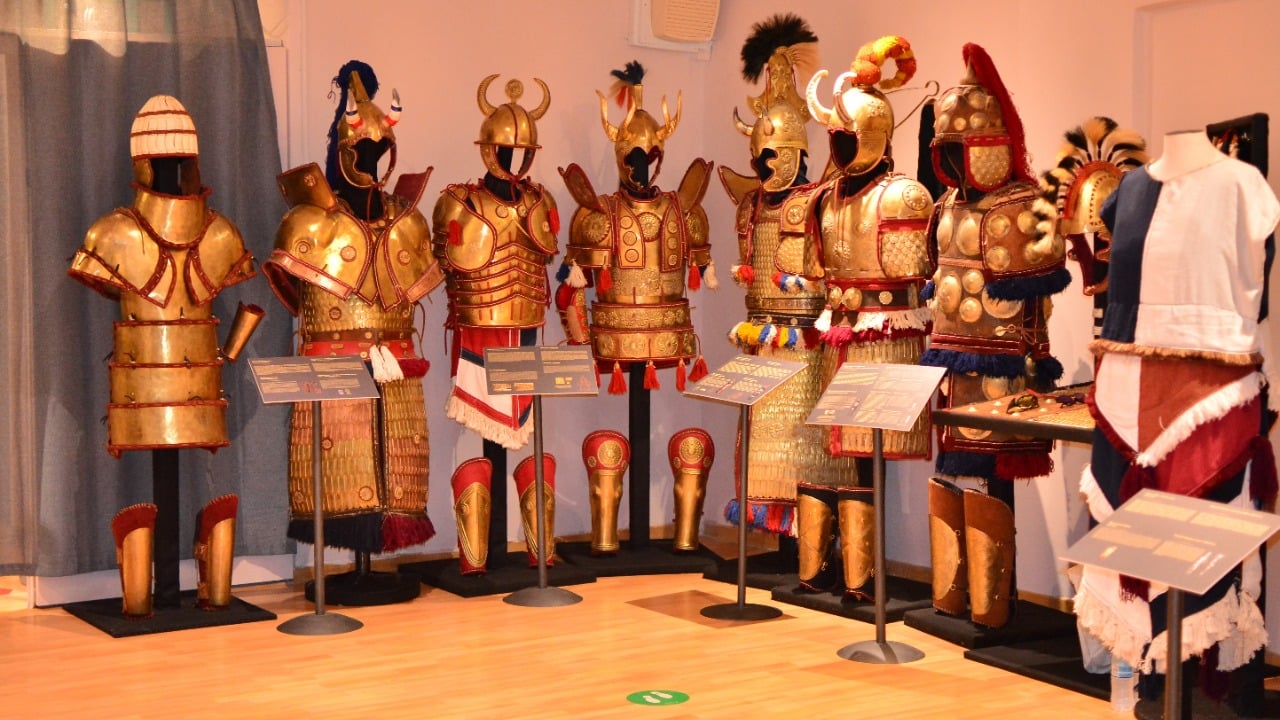
Learning to Create Greek armor
Learning to craft pieces of armor that were created with techniques not in use for centuries was not an easy process, Katsikis explained to Greek Reporter. Learning any new skill presents the student with challenges, but this is especially true when there is no one to learn from.
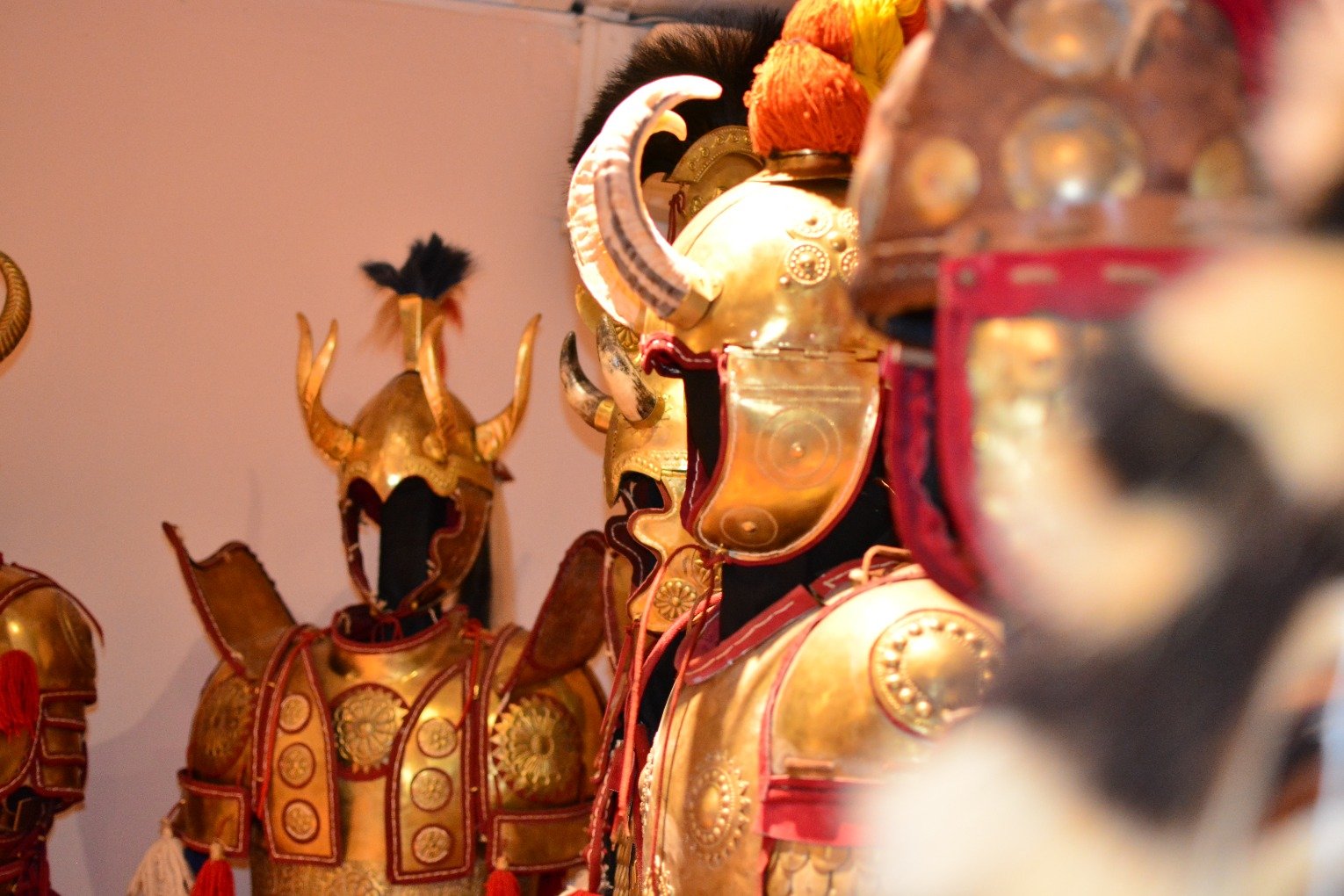
“The pioneer’s path is always lonely and full of obstacles,” Katsikis said. “The truth is that I had no idea of metalwork of this kind, my studies had to do with Biotechnology and generally, my background had nothing to do with art.”
“I knew that I had to discover the traditional ways in which ancient craftsmen managed to create armor without the use of modern technological methods. I realized that there was only one way to achieve this: the hard way.”
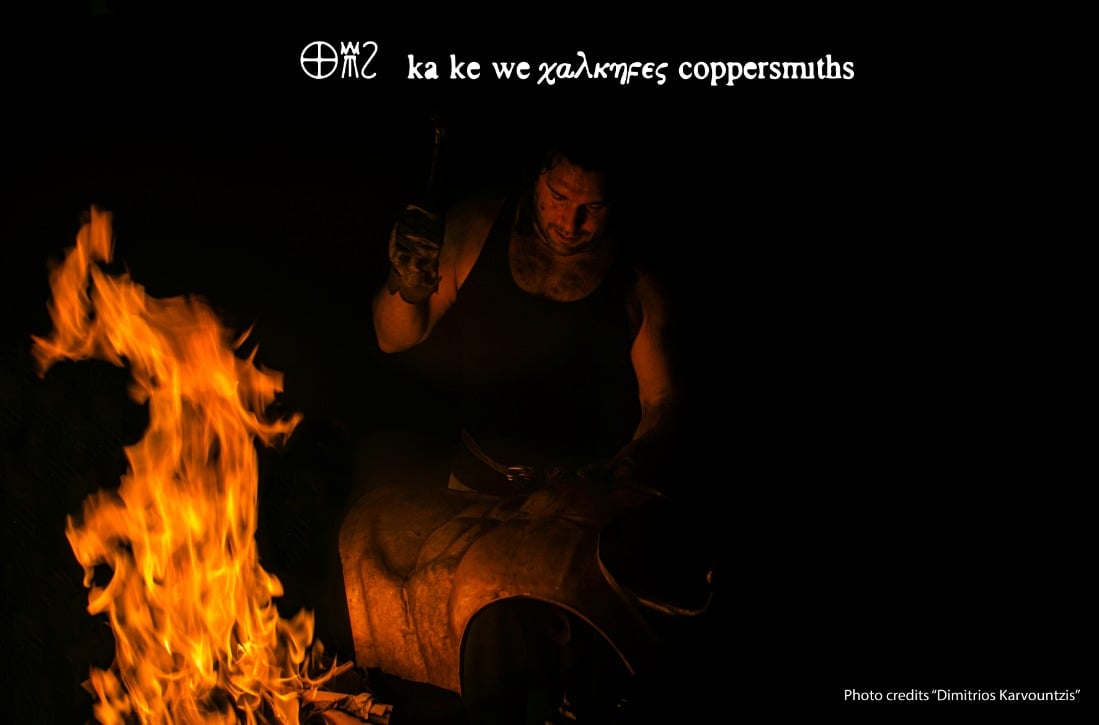
The decision to revive the craft with authentic methods added another level of complexity, and it took about four years of “constant experimentation” with different techniques for the armorer to reach a base level of confidence.
“I would describe it as an orchestra written for hammers and anvils,” Katsikis said of his early experiences. “There was no teacher or similar school, I had to discover everything from zero.”
“There was nothing easy about this undertaking, especially when this took place in a country entering a very turbulent period, as Greece did after the 2010 crisis, especially if you feel that every moment you are being watched and judged by the eyes of the ancient craftsmen. The psychological and physical burden was enormous, it threatens to crush you.”
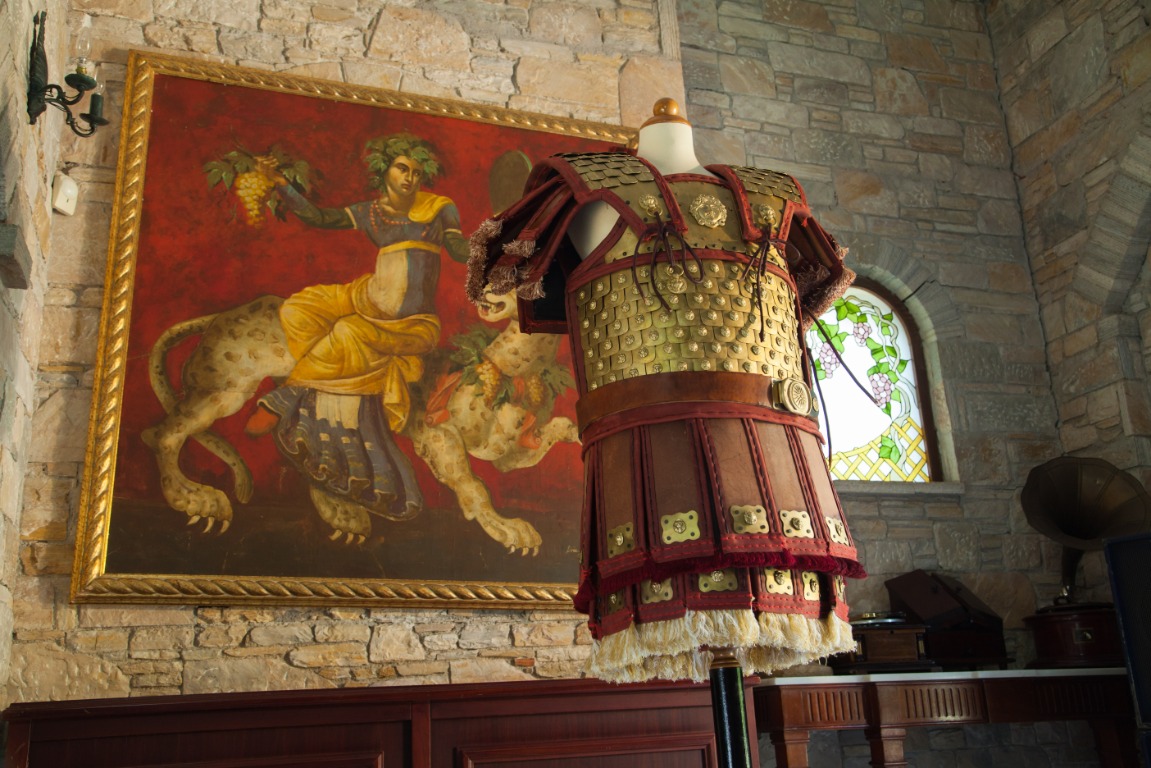
Historical authenticity
Before the metalworking itself can begin, Katsikis must conduct meticulous research to ensure that the armor he produces is historically authentic.
“I exhaust all the available academic literature on the specific object and analyze the available photos,” said Katsikis. “Whenever there is an opportunity, I visit the museum that hosts it to get a first-hand experience in order to understand its actual physical dimensions. Then, I can proceed to the practical part of the construction.”
This, in many ways, is what sets the work of Katsikis apart; there are many modern blacksmiths producing fantasy suits of armor for film and television, or indeed some armorers producing accurate suits of Northern/Western European Medieval armors, but there are virtually no metalworkers producing sets of Greek armor from across the ages with the same degree of quality and attention to detail as Katsikis.
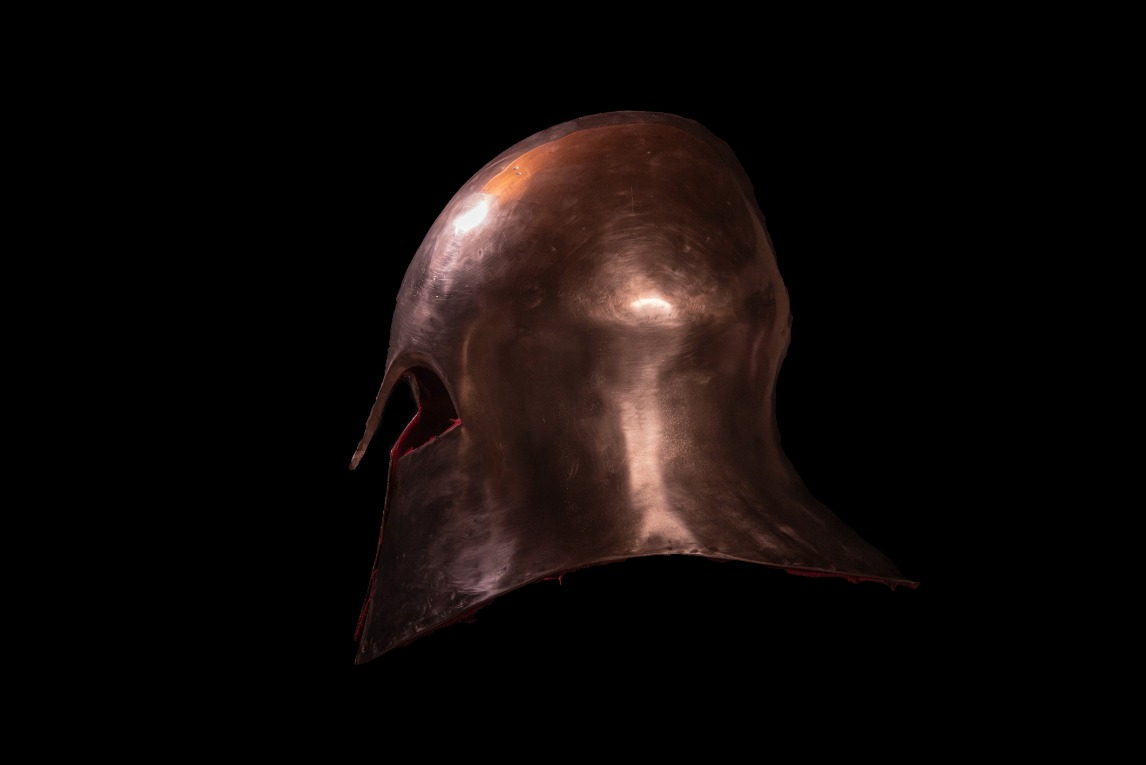
“In general, historical accuracy in this very artistic field has to do with two basic parameters,” the metal artist explained. “Firstly, how to achieve the desired shape/volume/appearance in order to be very close to the original artifact. Secondly, it has to do with the selected methods and raw materials of artistry.”
Katsikis eschews modern methodology and instead opts to recreate the armor of the Greek past with the methods that would have been used by the ancient and Medieval armorers themselves.
“If you desire high historical accuracy then you will have to reject the use of today’s technology and follow the strict and difficult rules of traditional metalworking.”

The process of making armor
“The exclusive method to make genuine armor is that of hot forging and raising, this means thousands of repeated hammer blows on incandescent copper alloys with the assistance of many different specialized small anvils,” Katsikis told Greek Reporter.
“This work is very hard, it requires strong nerves, perseverance, discipline, mental and physical endurance. It is a kind of championship, every time you have to prove your worth. The historical accuracy and authenticity of the artefacts presuppose the above conditions. It cannot be done otherwise.”
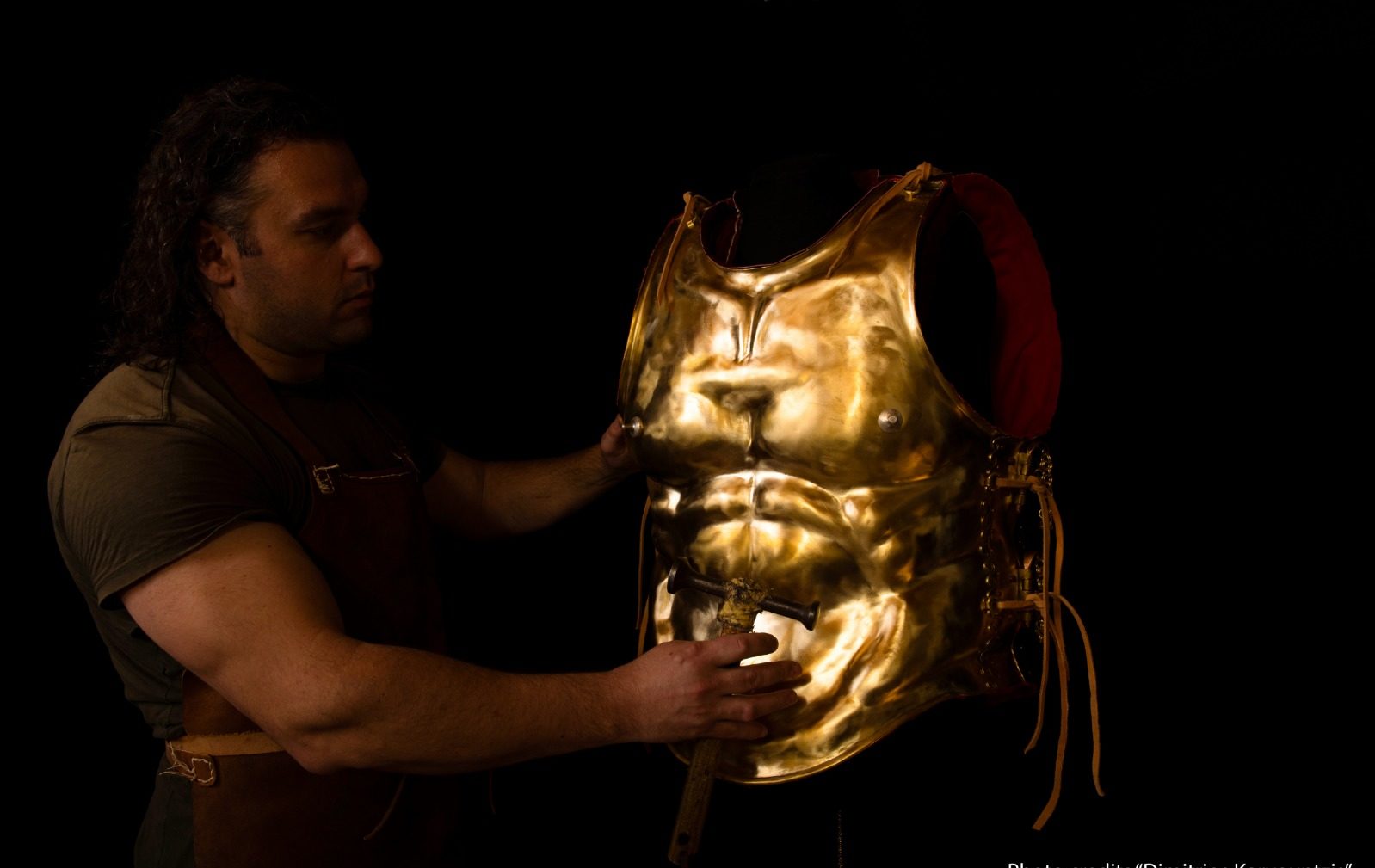
When asked which type of armor was the hardest to create, Katsikis identified the muscle cuirasses of the Classical Greek civilization. Those familiar with ancient Greek history will recognize them as the iconic thorax armors worn by hoplites from around the 5th century BC onwards.
“They must be constructed in such a way as to give the impression of a man’s fit torso (naturalism), in essence, this is high-level sculpting. Α great deal of experience and artistic discipline is required to make them correctly,” he said.
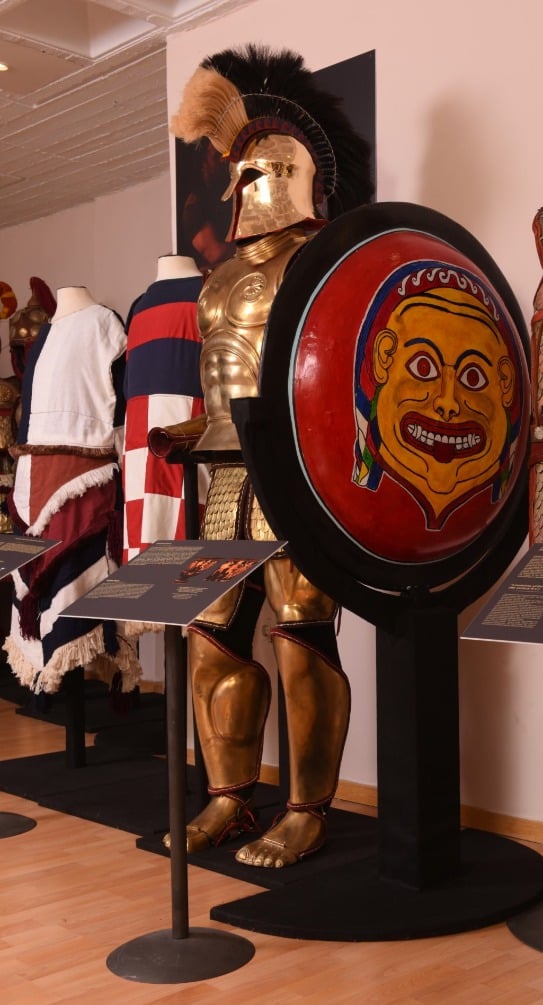
Form and function
The Spartan hoplite clad in bronze armor is a striking image, as is Achilles who faced Hector beneath the walls of Troy in a set of armor said to have been crafted by the god Hephaestus himself.
The armors these warriors wore into battle, real or mythological, transcended their practical function as protective garments and were beautiful works of art in their own right. The balance between form and function is another aspect of bringing the historical art of metalworking to life that Katsikis achieves in his craft.
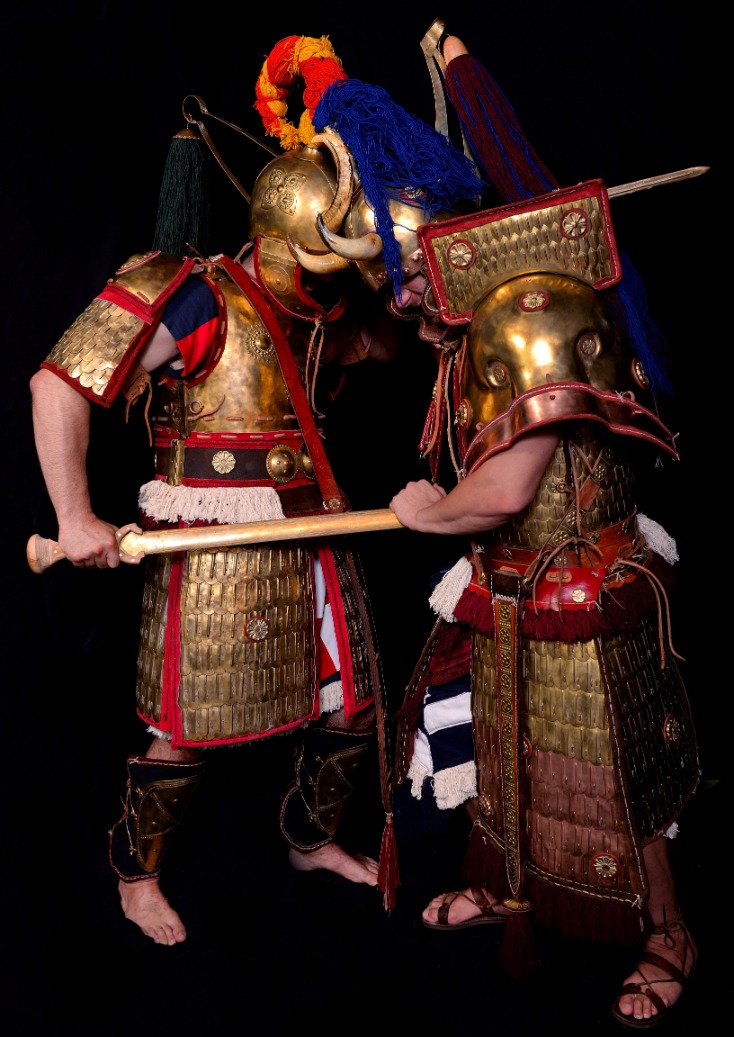
“Τhe balance between practicality and aesthetics depends on each historical timeline. During the Mycenaean era practicality prevails, the armor follows a largely articulated development, sufficiently covers all parts of the body, and its form is monstrous,” explained Katsikis.
“In the Archaic, Classical and Hellenistic periods (8th-1th century BC), the intense anthropomorphism of Greek art prevails. Muscle cuirasses mimic the bodies of their Gods and Statues but lose in practicality (mobility).”
“Mixed ‘balance’ is observed during the Μiddle Byzantine period due to pluralism of typologies under usage.”
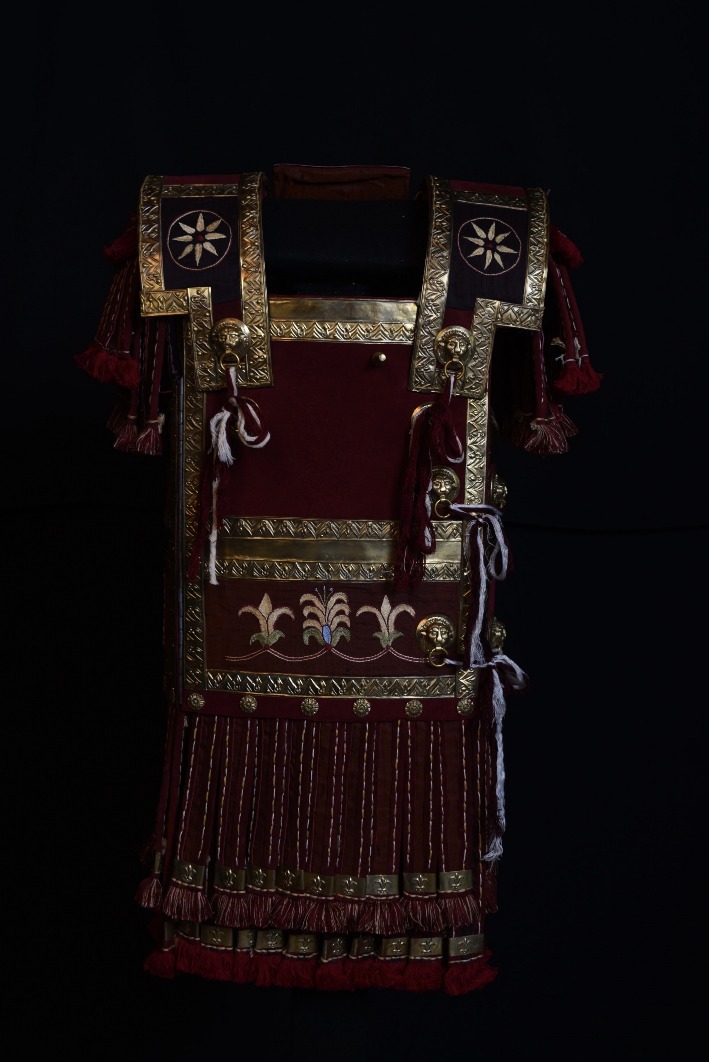
Historiographical importance
Those with an interest in Greek history will be familiar with the archaeological remnants of ancient and medieval armors, as well as modern illustrated reconstructions. However, historically accurate physical reproductions are exceptionally rare.
“Seeing an archaeological piece of armor in a Museum display case is quite different from wearing one yourself.” said Katsikis. “By creating a suit of armor you become familiar with the materials and construction methods, you understand the need for ergonomics (mobility) and of course you become aware of its weight.”
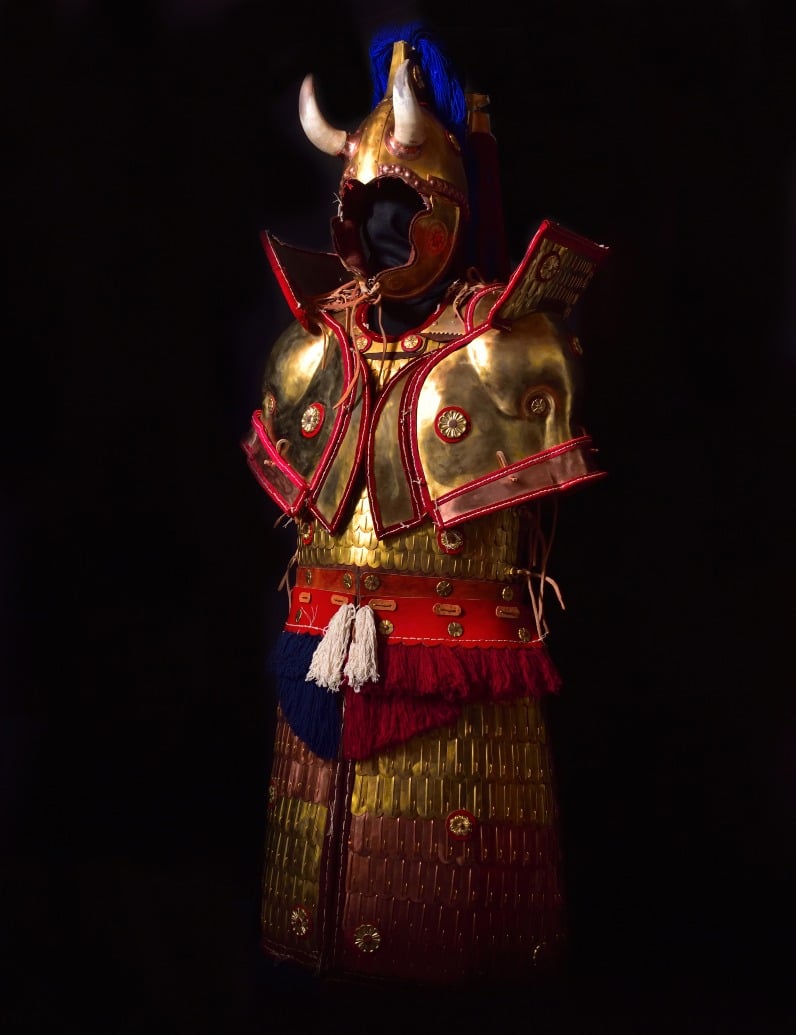
“The armorer must take into consideration many factors in order to successfully create a workable set of armor ready for battle. On the other hand, it is the very typology of the armor that partly determines the tactics of warfare and how the hoplites acting during the battle. All these parameters can only be understood if there is a material recreation of the defensive gear under study.”
“A suit of armor works like a time machine, opens a rift in time, transports you to heroic times and connects you with the protagonists of history. It’s a high value tool for comprehending past historical conflicts.”
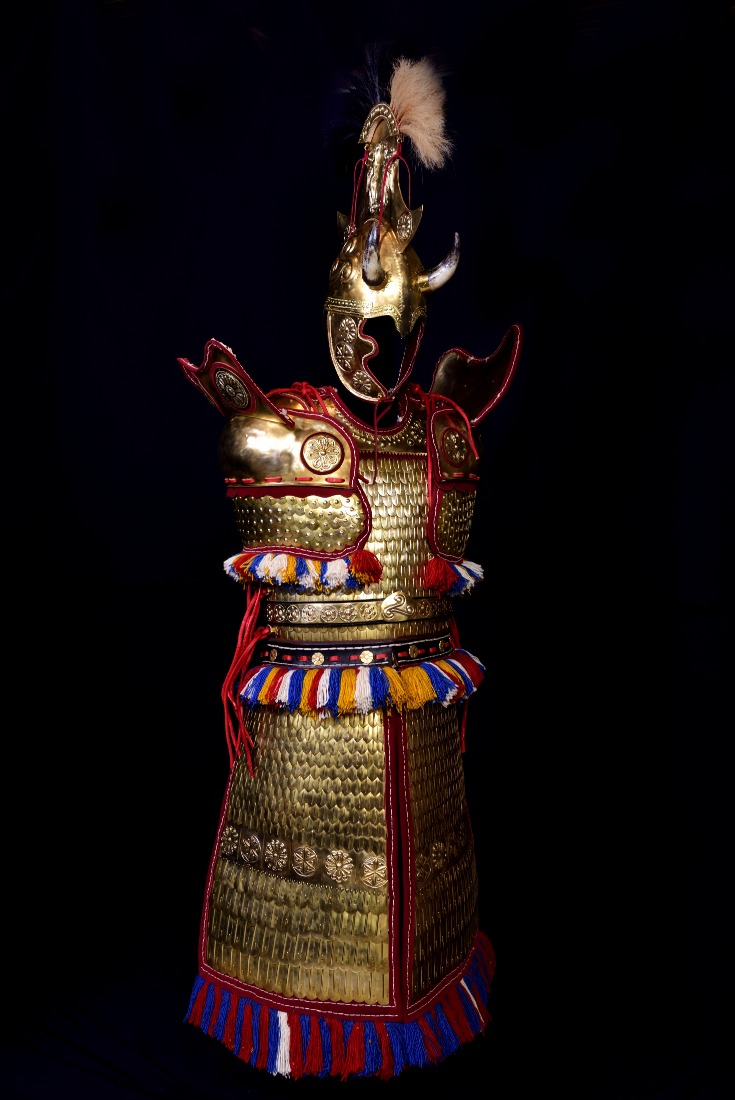
The cultural importance of Greek armor
The Athens-based armorer expressed how these historical items of protection also have a long-lasting cultural connection with Greece.
“Over time I realized that the armors had not so much to do with metalwork itself but are closely connected with the cultural identity of the Greeks in their various historical periods, from the Mycenaean to the Byzantine historical period. Armor played a key role in how they wanted to present their most dynamic selves to their neighbors and future civilizations.”
“It is very difficult to imagine both the mythical and historical personages of Greek Mythology and History without wearing their armor. These kind of devices had become an integral part of their Super-Ego, they were depicted in every artistic expression (paintings, sculpture etc) and largely defined their cultural identity”
Katsikis further explained how “this body of traditional techniques that were used continuously for 30 centuries in the manufacture of armor constitutes a huge cultural wealth of the Greek artistic production and also a solid paradigm of the Greek visual perspective and aesthetics.”
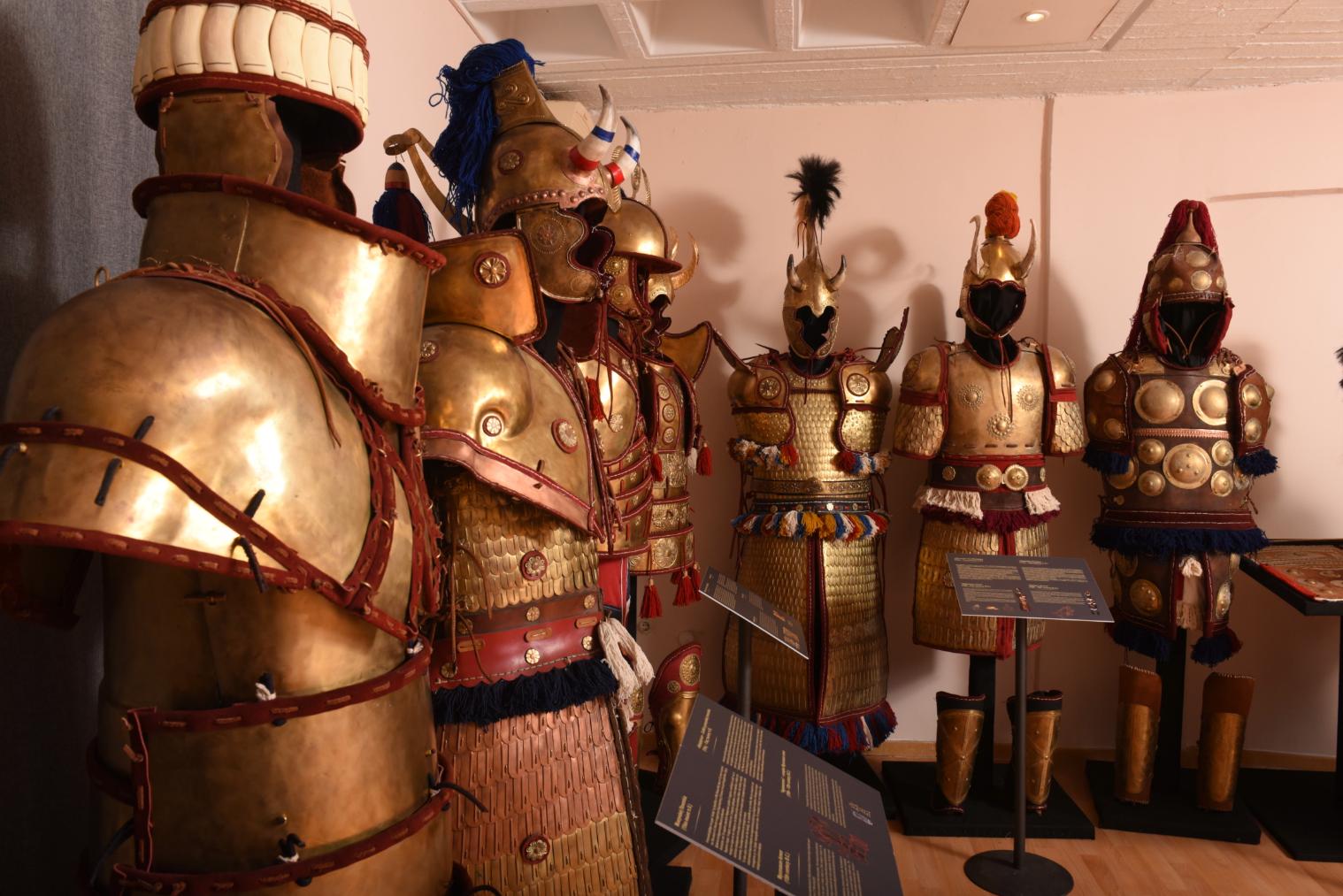
Greeks and an international audience alike have welcomed the armorer’s work with enthusiasm. As Katsikis noted, this is the first time in about six centuries that these armors have been manufactured in Greece.
“My works have been already used either as is or have inspired illustrators of military history, miniature makers, video games etc. Even the Australian actor Eric Bana, tweeted that when a future movie of “Troy” will be released the armor of the Protagonists should be like mine.”
“Τhere is a huge thirst among the international public to know what the Ancient Greeks looked like, and my work offers them actual solid answers to their curiosity and searching. After 12 years of continuous artistic production I have the sense that the acceptance of my work is widespread.”

Present and future work
Katsikis is currently working on the production of a complete set of 10th century Medieval Byzantine armor. To ensure that the finished set is historically accurate, he has drawn from a wide variety of sources, including Byzantine Hagiographies, ivory decorative carvings, and murals, as well as archaeological finds, together with the academic research of Dr Raffaele D’Amato, Timothy G Dawson, and others.
“With this project I aspire to give a realistic picture of the Medieval heavy infantry of the time of the Eastern Roman Empire, because such images are very lacking,” explained Katsikis. “I named it after the Byzantine Emperor “John I Tzimiskes” (Reign 969 -976) and at the moment it is the most realistic depiction of a Byzantine Vasileus.”
As previously mentioned, many of the armorer’s works are currently on display at the Museum of Ancient Greek Technology in Athens. The exhibition was made possible by the museum’s founder, Kostas Kotsanas.
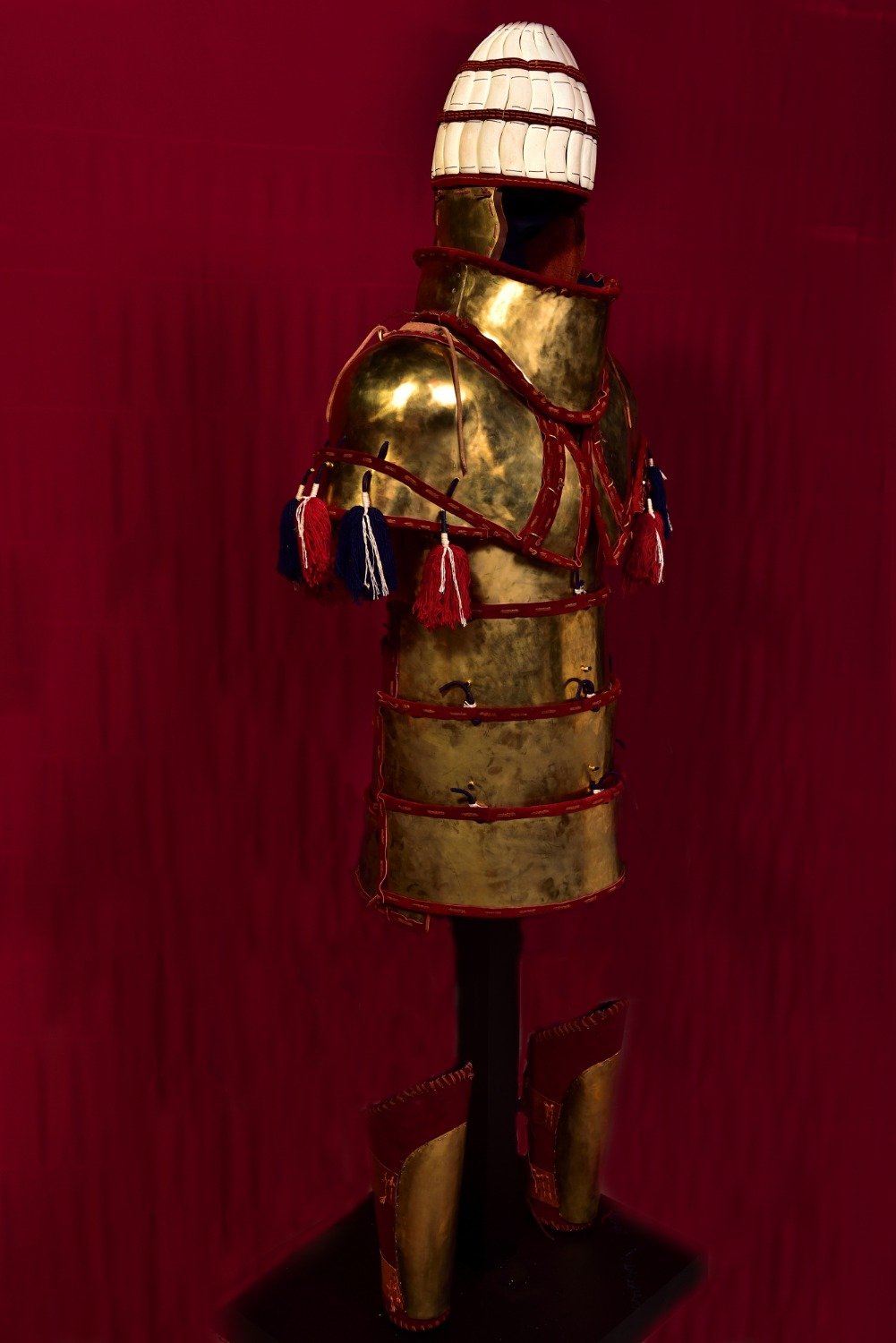
See all the latest news from Greece and the world at Greekreporter.com. Contact our newsroom to report an update or send your story, photos and videos. Follow GR on Google News and subscribe here to our daily email!



